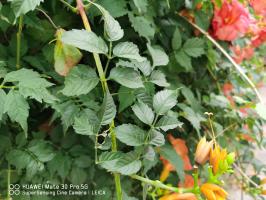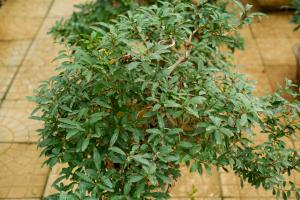Can You Use Polystyrene in Plant Pots?
When it comes to planting, choosing the right material for your pots is essential. Polystyrene, a widely used plastic material, may seem like a good choice, but is it safe and practical to use it for plant pots? Let's explore the benefits and drawbacks of using polystyrene in plant pots.
The Pros of Using Polystyrene in Plant Pots
Polystyrene is a lightweight and durable material that has many advantages for plant potting. Its insulating properties help regulate soil temperature and protect plants from extreme heat or cold. Additionally, polystyrene is resistant to moisture, mold, and pests, making it a low-maintenance option for long-term plant growth.
Another advantage of using polystyrene is its low cost and availability. It is widely used in disposable packaging materials, which makes it easy to reuse or repurpose for plant pots.
The Cons of Using Polystyrene in Plant Pots
While polystyrene has many benefits, there are also some drawbacks that cannot be ignored. One of them is the potential release of toxic chemicals when exposed to heat or UV light. This can happen when the plant pot is left in direct sunlight or placed near a heat source, such as a radiator. The toxic chemicals can seep into the soil and harm the plant, pollute the air, and increase the risk of health problems for humans and pets.
Moreover, polystyrene is not biodegradable and takes hundreds of years to decompose, contributing to environmental pollution. When polystyrene ends up in landfills or oceans, it can harm wildlife and disrupt fragile ecosystems.
Alternatives to Polystyrene in Plant Pots
If you decide to avoid polystyrene for plant pots, there are many alternative materials that you can use. Some of them are:
Terracotta: A classic and reliable choice that provides natural drainage and breathability for plants, but can be heavy and breakable.
Fiberglass: A lightweight and durable option that can mimic the look of terracotta or other materials, but can be costly and less eco-friendly.
Ceramics: A stylish and versatile option that can add color and texture to your indoor or outdoor setting, but may require extra attention to watering and cleaning.
Biodegradable materials: A sustainable choice that includes plant-based plastics, bamboo, coconut coir, and other natural fibers, but may not be as long-lasting or sturdy as other materials.
In Conclusion
Using polystyrene in plant pots may have some benefits for insulation and durability, but the potential health and environmental risks should not be ignored. It is important to consider alternative materials that can provide similar or better qualities without compromising safety or sustainability. By being mindful of your choices, you can create a healthy and thriving environment for your plants and the planet.

 how many times do yo...
how many times do yo... how many planted tre...
how many planted tre... how many pine trees ...
how many pine trees ... how many pecan trees...
how many pecan trees... how many plants comp...
how many plants comp... how many plants can ...
how many plants can ... how many plants and ...
how many plants and ... how many pepper plan...
how many pepper plan...





























